One in 2 men and one in 2.4 women will experience cancer in their life time. As you will see in the preceding article data is showing that these numbers will only increase as younger and younger people are being affected by cancer. By the year 2030 there is an expected doubling of the cancer rate.
The standard of care (SOC) that is currently offered in treating cancer involves only chemotherapy, immunotherapy, radiation and surgery. Rarely are patients given any other options. However, there are therapies that can compliment what SOC offers.
One such therapy is mistletoe. With over 250 clinical studies mistletoe therapy is the most studied integrative cancer therapy in the world. If you live in France, Switzerland, Germany, or Austria there is an 85% chance of having this therapy interwoven into your conventional cancer therapy. In these countries this therapy is not thought of as a stand alone therapy as it is used as an adjuvant with standard or care. Yet in this country it is hardly heard of .
In 2015 Johns Hopkins completed a phase 1 trial of mistletoe therapy and found that not only was it safe to use but that it improved quality of life and actually had anti-cancer effects. However until it passes additional clinical trials currently being done oncologist in the US cannot administer and charge insurance for this valuable therapy.
The most common mistletoes that we use are those that grow on apple, fir, pine, oak, and ash trees. We find mistletoe therapy has the best out comes with the following cancers: gastric, pelvic, colorectal, anal, ovarian, uterine, lung, kidney, bladder, renal cell, melanoma, bladder and cancers that involve regulation of immune system such as lymphomas leukemia and multiple myeloma.
As an example of its effectiveness one German study showed that it can increase survival rate to over 40% in breast, stomach, colon, anal, non small cell lung carcinoma
Well designed studies show that mistletoe administered either intravenously or as a subcutaneous shot assists the body in fighting cancer through the following mechanisms:
- The visco toxins in mistletoe can actually kill cancer cells by apoptosis.
- Decreases angiogenesis (the creation of blood vessels to the tumor) thus limiting nutrient getting to the cancer and preventing the spread of cancer.
- Inhibits cancer cell proliferation.
- Impacts platelet aggregation which plays a role in the cancer metastasizing (spreading)
- It has anti-inflammatory effects thus lowering pain response.
- Acts as a fever inducing therapy similar to Coley’s toxin to enhance immune function
- Stimulates bone marrow to counteract the suppressive effects of chemo therapy.
- Enhances quality of life in regards to mood, pain, and fatigue
It is important to keep in mind that mistletoe therapy is never used as a stand-alone therapy. Cancer cells have an innate ability to mutate in order to evade the lethality of any one therapy whether it is standard or care or integrative therapy. At Renaissance Health Centre we provide an individualized multi-pronged integrative therapy
based on the patients cancer type, blood test, genetic testing, and their physical and emotional health.
Terry Pfau DO, HMD

